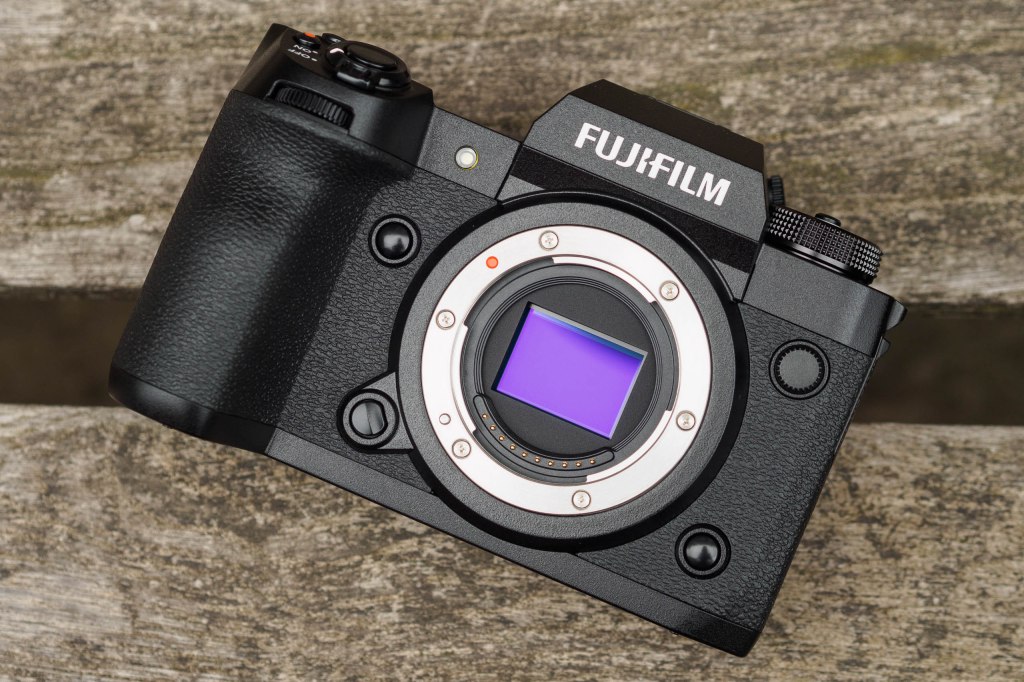Do you need to buy a full-frame camera in 2024, or is an APS-C good enough? A lot has happened recently – some new, higher-resolution APS-C cameras appear to close the gap between them and . Even some base models have been overhauled by this progress. The image sensor is the fundamental element of any camera, but with several different sensor sizes available, understanding their differences can be tricky – and thereby how to decide which suits you.
Just as bigger negative sizes give better quality with film cameras, the same is true of sensor sizes. All other things being equal, a full-frame camera will give better quality than an APS-C model. But when you factor in resolution or megapixels, the boundaries become blurred.

For example, the (APS-C) has 32.5 megapixels, while the and (also APS-C) have 40 megapixels, so all three have technically higher resolution than many full frame cameras (typically 24-26MP at this price level). Probably the two most common sensor sizes you’ll see on the market are , which is the same sensor size as 35mm film, and the smaller, format, similar in size to APS-C film.
Apart from these two, there are also (larger than full-frame), and (smaller than APS-C), also known as or . Other than the physical size differences, there are some others to take note of between sensor sizes, which we explore in this piece. We’ll also walk you through the benefits and drawbacks to each sensor size.
Full-frame sensors measure the same as 35mm film, which is.
















